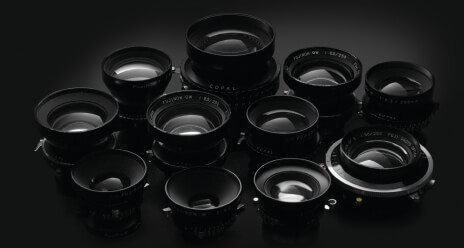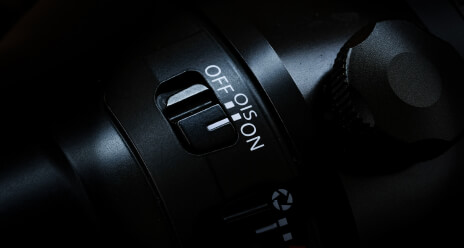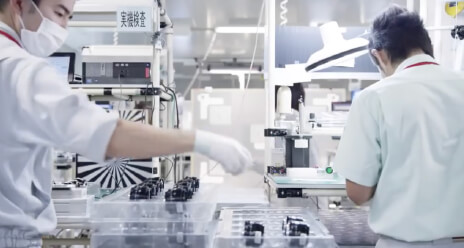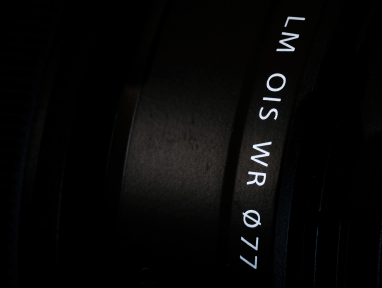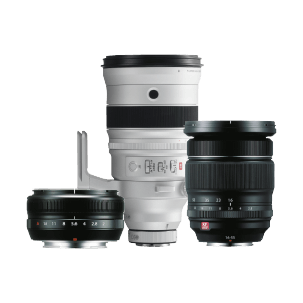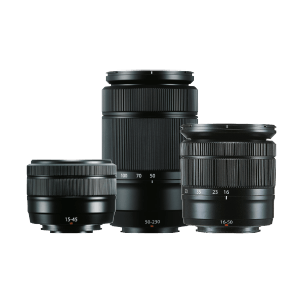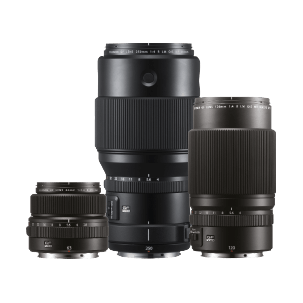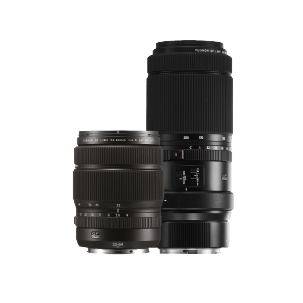Different lenses make use of different optical technologies, depending on the design challenges that have to be overcome. The initials in a lens’s name can give you an idea of the technology inside it.
Extra-low dispersion (ED) glass elements are used in many of our lenses to help combat chromatic aberration, otherwise known as coloured fringing. This occurs when light rays don’t all focus in the same plane. ED elements correct for fringing by ensuring light rays of different colours focus as closely together as possible.
For maximum sharpness, it’s important that light rays entering the lens at different points (eg the centre or the edges) all converge in the same place to form an image. Specially shaped lenses, which look different to traditional spherical glass elements, can help with this. We use such ‘aspherical’ lenses extensively in many X Series and GF lenses.
When light levels get low and slower shutter speeds are required to form a properly exposed image, image sharpness can be spoiled by small accidental camera movements that happen while the shutter is open. Thankfully, this phenomenon – known as camera shake – can be corrected for with our Optical Image Stabilisation (OIS) system.
OIS uses tiny gyroscopes to sense accidental camera movement as it happens. A lens element is then moved in response, to counteract the movement in the image. Our OIS can provide up to 5 stops of stabilisation, ie shutter speeds 5 stops longer than normal can be used without seeing camera shake.
Some of our lenses use linear motor technology (denoted by LM in the lens’s name) to move the glass elements that are responsible for bringing an image into focus. This technology is virtually silent and can move elements with incredible speed for fast, accurate focusing.
A lens should pass as much light as possible through to the camera and reflect as little as possible back into the world. We have developed High Transmittance Electron Beam Coating (HT-EBC), which reduces reflections from a lens’s front element to less than 0.2%.
HT-EBC was developed originally for TV camera lenses, but has made its way into certain lenses in the X Series and GFX system, too.

